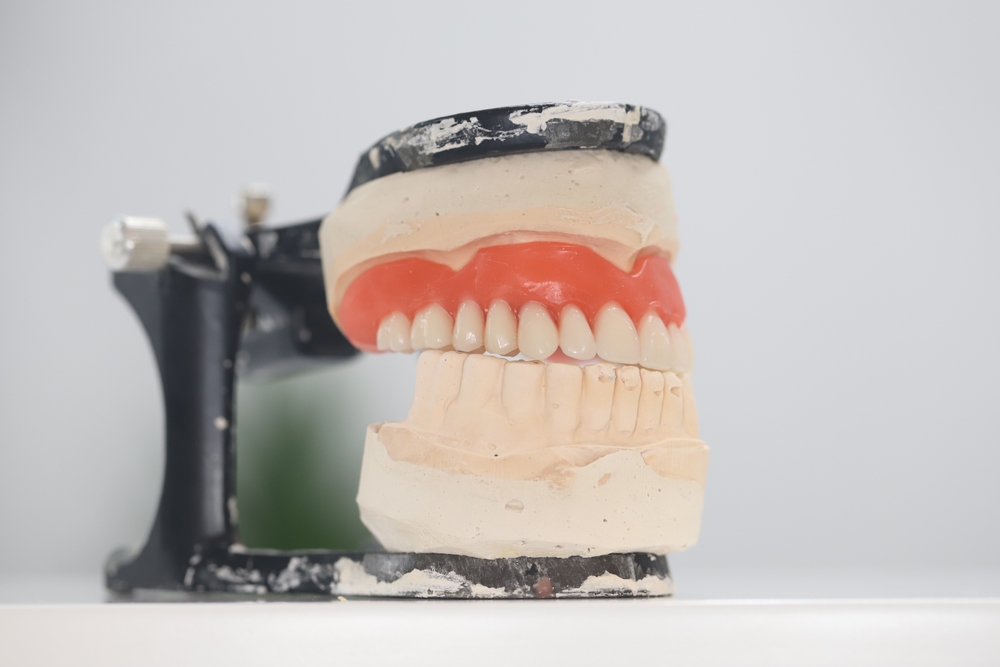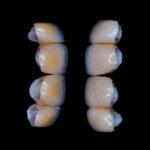What Is An Arch In Dentures
If you’ve been researching dentures or considering them as an option for tooth replacement, you may have come across the term “dental arch.” Understanding what a dental arch is and how it relates to dentures is essential for making informed decisions about your oral health. This guide will explain what an arch in dentures is, its importance, types, and how it affects the function and fit of dentures.
What Is an Arch in Dentures?
In dentistry, the term “arch” refers to the curved structure of the teeth and supporting bones that make up the upper (maxillary) and lower (mandibular) jaw. When it comes to dentures, an arch refers to the set of artificial teeth that replace the teeth in either the upper or lower jaw.
Upper Arch (Maxillary Denture): Replaces the teeth and gum area of the upper jaw. It often covers the roof of the mouth, known as the palate, providing stability.
Lower Arch (Mandibular Denture): Replaces the teeth in the lower jaw. Unlike the upper arch, it does not have a palate to attach to and relies more on the fit along the gums and jawbone for stability.
Why Are Dental Arches Important?
Dental arches are crucial for maintaining proper alignment and spacing of the teeth. They ensure that the upper and lower teeth meet correctly when biting and chewing, which is essential for:
- Efficient chewing and digestion: Proper alignment helps break down food effectively, aiding digestion.
- Speech clarity: The positioning of teeth affects pronunciation and clarity of speech.
- Facial structure support: Dental arches help maintain the natural shape of your face by supporting the cheeks and lips.
When teeth are lost, the structure of the dental arch can collapse, leading to a change in facial appearance, difficulty chewing, and speech problems. Dentures help restore this arch, ensuring proper oral function and aesthetics.
Types of Arches in Dentures
Dentures come in different types to accommodate various needs. Understanding the types of dental arches used in dentures can help you choose the best solution for your oral health.
1. Full Denture Arch
A full denture arch replaces all the natural teeth in either the upper or lower jaw. Full dentures are commonly used for individuals who have lost most or all of their teeth due to decay, injury, or age.
Upper Full Arch: Often has a larger surface area for suction and stability, covering the palate for added support.
Lower Full Arch: Tends to be more challenging to stabilize due to the lack of a palate and the tongue’s movement.
Benefits:
- Restores complete chewing function.
- Improves speech and overall facial aesthetics.
- Provides a stable solution for total tooth loss.
2. Partial Denture Arch
Partial dentures are designed for people who are missing some teeth but still have healthy natural teeth remaining in the jaw. They help fill in the gaps and prevent the remaining teeth from shifting out of place.
Features:
- Custom-made to fit around existing teeth.
- Uses metal clasps or precision attachments to stay in place.
- Can be removed for cleaning and maintenance.
Benefits:
- More affordable than dental implants or bridges.
- Helps maintain the natural arch by supporting remaining teeth.
- Prevents further oral issues caused by tooth misalignment.
Materials Used in Denture Arches
Dentures can be made from various materials that impact their appearance, comfort, and durability. Common materials include:
1. Acrylic Resin
A popular and affordable option for both full and partial dentures. Acrylic dentures offer a natural appearance and can be color-matched to resemble real gums and teeth.
Pros:
- Lightweight and easy to adjust.
- Cost-effective.
Cons:
- Less durable than other materials and may require more frequent replacement.
2. Porcelain
Porcelain dentures closely mimic the look and feel of natural teeth. They are generally used for full dentures due to their weight.
Pros:
- Highly durable and resistant to wear.
- Natural, tooth-like appearance.
Cons:
- Can be more expensive.
- Potentially more prone to chipping if dropped.
3. Metal Framework with Acrylic or Composite Teeth
Used primarily for partial dentures, metal frameworks offer superior strength and stability.
Pros:
- Long-lasting and less likely to break.
- Good for partial dentures that need extra support.
Cons:
- Metal clasps may be visible when smiling.
How Does a Denture Arch Work?
A denture arch works by replacing the missing teeth and supporting tissues in either the upper or lower jaw. The denture is custom-molded to fit the unique shape of your mouth and jaw, ensuring a snug and comfortable fit. The process usually involves several steps:
- Initial Consultation: Your dentist examines your mouth and takes measurements or impressions to design a custom denture.
- Fitting and Adjustments: Once the denture is ready, you may need adjustments for optimal comfort and fit.
- Daily Use: The denture arch should be worn daily to help with eating, speaking, and maintaining facial structure.
Caring for Your Denture Arch
Proper care of your denture arch can prolong its lifespan and keep your mouth healthy:
- Daily Cleaning: Brush your dentures daily with a soft-bristle brush and a non-abrasive cleaner.
- Soak Overnight: Soak your dentures in a mild denture solution to keep them moist and prevent warping.
- Rinse After Meals: Remove and rinse your dentures after eating to remove food particles and maintain oral hygiene.
- Regular Dental Visits: Regular check-ups ensure that your dentures fit well and are in good condition. Your dentist can make adjustments as needed.
Westwood Gardens Dental Clinic: One of the best dental clinics in Richmond Hill, Ontario
For those in Richmond Hill, Ontario, Westwood Gardens Dental Clinic is a trusted provider of high-quality dental care, including partial dentures. Call them today at 647-905-7303 or email info@westwoodgardens-dental.ca to schedule a consultation. You can also visit their clinic at Unit 18, 8868 Yonge St, Richmond Hill, ON, L4C 1Z8 for a comprehensive assessment and personalized treatment plan.
Common Challenges with Denture Arches
While dentures are an effective solution for tooth replacement, they come with their own set of challenges:
- Stability Issues: Lower denture arches can be harder to stabilize. Adhesives or dental implants may help improve stability.
- Sore Spots: Initial adjustments to wearing dentures can cause sore spots on the gums.
- Speech Adaptation: It can take some time to get used to speaking with a full or partial denture.
Alternatives to Denture Arches
If dentures don’t seem like the right fit for you, there are alternative options:
- Dental Implants: Provide a permanent and stable solution by anchoring artificial teeth to the jawbone.
- Implant-Supported Dentures: A combination of dentures and dental implants for enhanced stability.
- Fixed Bridges: Non-removable prosthetics that use adjacent teeth for support.
Conclusion
Understanding the role of an arch in dentures is essential when considering tooth replacement options. A denture arch helps restore your smile, improve chewing and speech, and maintain facial structure. Whether you need a full or partial arch, knowing the types and materials available can guide you in making the best decision for your oral health. Proper care and regular dental visits will ensure that your denture arch stays in great condition and continues to serve you well for years to come.




